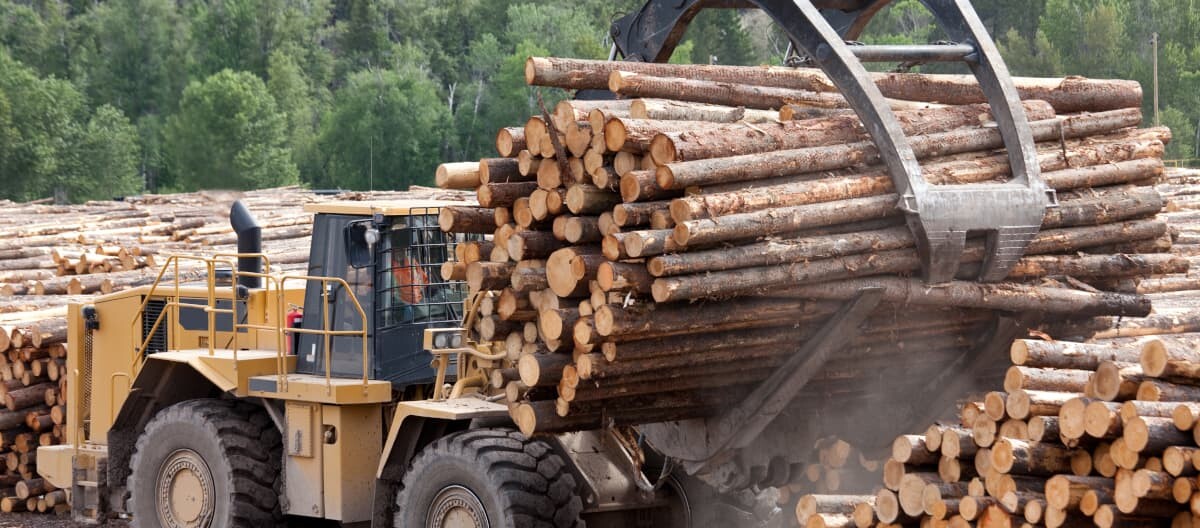Sense of crisis in the timber industry
The timber industry has been in crisis mode for months. Since raw materials are scarce, this has resulted in continuing production cuts. According to the Federal Association of the German Sawmill Industry, short-time working at wood processing companies can no longer be ruled out.
Sawmills in Germany are currently experiencing unprecedented problems in obtaining hardwood from regional forests for local processing. Supply chains remain disrupted and are contributing to the worsening of the problem. As a consequence, the price of wood has risen by up to 80 percent in some cases compared to the previous year. In August 2022, firewood in particular was more expensive than ever: while a cubic metre cost between 60 and 70 euros last year, it is now at least 100 euros. Sometimes even prices of up to 200 euros are being charged.
There is also an additional problem: despite the scarcity, timber continues to be exported heavily, primarily to China. According to the furniture industry, 146,000 cubic metres of oak were exported in 2021. In the case of beech wood, this amounted to 255,000 cubic metres of a total of 560,000 cubic metres, almost 46 percent of the harvested raw material - wood that is lacking in the domestic market. There are no significant export restrictions for raw materials such as wood in the EU.
Study: Timber production set to fall even further
And the outlook is not looking any better, as the EU Commission has presented a biodiversity strategy which also affects forests and wood use. In a model-based study by the Thünen Institute, one of the federal research institutes of the German Ministry of Food, Agriculture and Consumer Protection, the authors see a worst-case scenario of a 48 percent decline in log production in 2030. About half of the shortfall is to be offset by imports from non-EU countries. At the same time, however, significantly less sawn timber, wood-based materials and pulp would then be produced in the EU.
According to the study, actions which should be good for the environment can also have the opposite effect, namely when the reduced availability of wood products results in their replacement by products such as concrete, steel or aluminium. This is because their production has a significantly worse carbon footprint than wood alternatives. Thus, the intended benefit for biodiversity could cause damage in other areas.
Present your company on our platform!
The advantages:
- International audience and visibility
- Set-up in 5 minutes
- Numerous options and services through individual content
Shortage of wood materials: ecological alternatives
Due to the shortage of materials, wood alternatives are becoming increasingly important in various industries. As a result, many end users and companies can no longer afford wooden parquet for their properties - or stocks for the desired flooring have run out. Consumers are therefore increasingly turning to alternatives such as linoleum floors: these consist of linseed oil and wood or cork flour as well as various other components of natural origin. Cork is also suitable as a sustainable soil material, as this substance is obtained from tree bark, which grows back quickly and does not require the tree to be felled.
In the building trade, for example, polymer-based materials are suitable as wood alternatives. These are easier to work with than wood and are also resistant to moisture. Timber concrete, sand-lime brick, hemp limestone and clay are also considered building materials of the future.
And for heating, tree bark briquettes - which are produced as a waste product during the industrial processing of wood - are one example of a suitable alternative. In shredded, dried form and pressed into bark briquettes, they even have an advantage over well-stored firewood due to their low moisture content.


